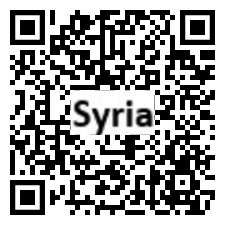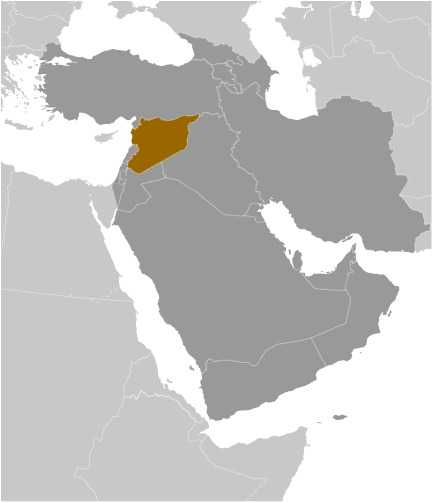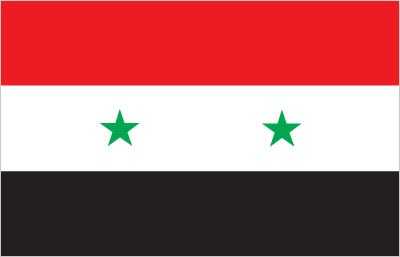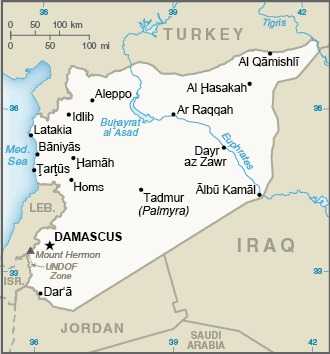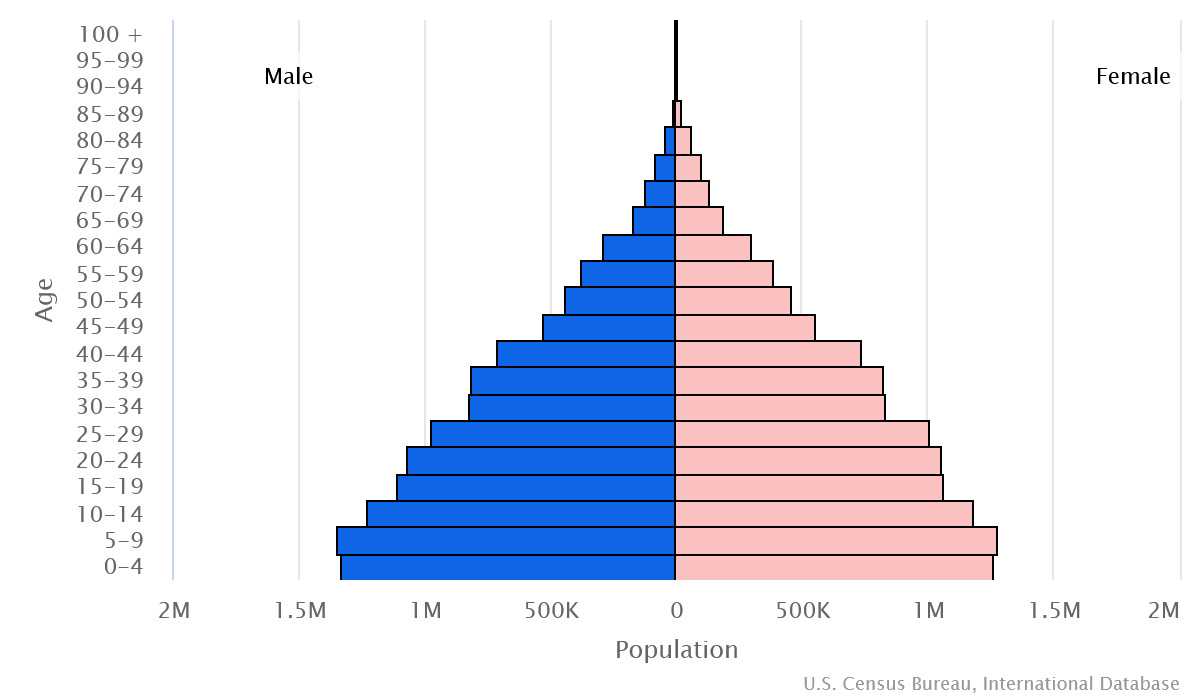Introduction
Background
Following World War I, France acquired a mandate over the northern portion of the former Ottoman Empire province of Syria. The French administered the area as Syria until granting it independence in 1946. Syria united with Egypt in February 1958 to form the United Arab Republic. In September 1961, the two entities separated, and the Syrian Arab Republic was reestablished.
Geography
Area
total: 187,437 sq km
land: 185,887 sq km
water: 1,550 sq km
Climate
mostly desert; hot, dry, sunny summers (June to August) and mild, rainy winters (December to February) along coast; cold weather with snow or sleet periodically in Damascus
Natural resources
petroleum, phosphates, chrome and manganese ores, asphalt, iron ore, rock salt, marble, gypsum, hydropower
People and Society
Population
total: 23,865,423
male: 11,981,578
female: 11,883,845 (2024 est.)
Ethnic groups
Arab ~50%, Alawite ~15%, Kurd ~10%, Levantine ~10%, other ~15% (includes Druze, Ismaili, Imami, Nusairi, Assyrian, Turkoman, Armenian)
Languages
Arabic (official), Kurdish, Armenian, Aramaic, Circassian, French, English
Religions
Muslim 87% (official; includes Sunni 74% and Alawi, Ismaili, and Shia 13%), Christian 10% (includes Orthodox, Uniate, and Nestorian), Druze 3%
Population growth rate
1.67% (2024 est.)
Government
Government type
presidential republic; highly authoritarian regime
Capital
name: Damascus
Executive branch
chief of state: President Bashar al-ASAD (since 17 July 2000); Vice President Najah al-ATTAR (since 23 March 2006)
head of government: Prime Minister Hussein ARNOUS (since 30 August 2020); Deputy Prime Minister Ali Abdullah AYOUB (Lt. Gen.) (since 30 August 2020)
Legislative branch
description: unicameral People's Assembly or Majlis al-Shaab (250 seats; members directly elected in multi-seat constituencies by simple majority preferential vote to serve 4-year terms)
Economy
Economic overview
low-income Middle Eastern economy; prior infrastructure and economy devastated by 11-year civil war; ongoing US sanctions; sporadic trans-migration during conflict; currently being supported by World Bank trust fund; ongoing hyperinflation
Real GDP (purchasing power parity)
$50.28 billion (2015 est.)
$55.8 billion (2014 est.)
$61.9 billion (2013 est.)
Real GDP per capita
$2,900 (2015 est.)
$3,300 (2014 est.)
$2,800 (2013 est.)
Agricultural products
wheat, barley, milk, olives, tomatoes, oranges, potatoes, sheep milk, lemons, limes
Industries
petroleum, textiles, food processing, beverages, tobacco, phosphate rock mining, cement, oil seeds crushing, automobile assembly
Exports
$1.85 billion (2017 est.)
$1.705 billion (2016 est.)
Exports - partners
Saudi Arabia 23%, Turkey 18%, Egypt 14%, United Arab Emirates 8%, Jordan 7%, Kuwait 5% (2019)
Exports - commodities
olive oil, cumin seeds, pistachios, tomatoes, apples, pears, spices, pitted fruits (2019)
Imports
$6.279 billion (2017 est.)
$5.496 billion (2016 est.)
Imports - partners
Turkey 27%, China 22%, United Arab Emirates 14%, Egypt 5% (2019)
Imports - commodities
cigarettes, broadcasting equipment, wheat flours, sunflower oil, refined petroleum (2019)
Exchange rates
Syrian pounds (SYP) per US dollar -
Exchange rates:
492.611 (2017 est.)
460.276 (2016 est.)
237.029 (2015 est.)
154.13 (2014 est.)
108.733 (2013 est.)
Page last updated: Wednesday, May 01, 2024
